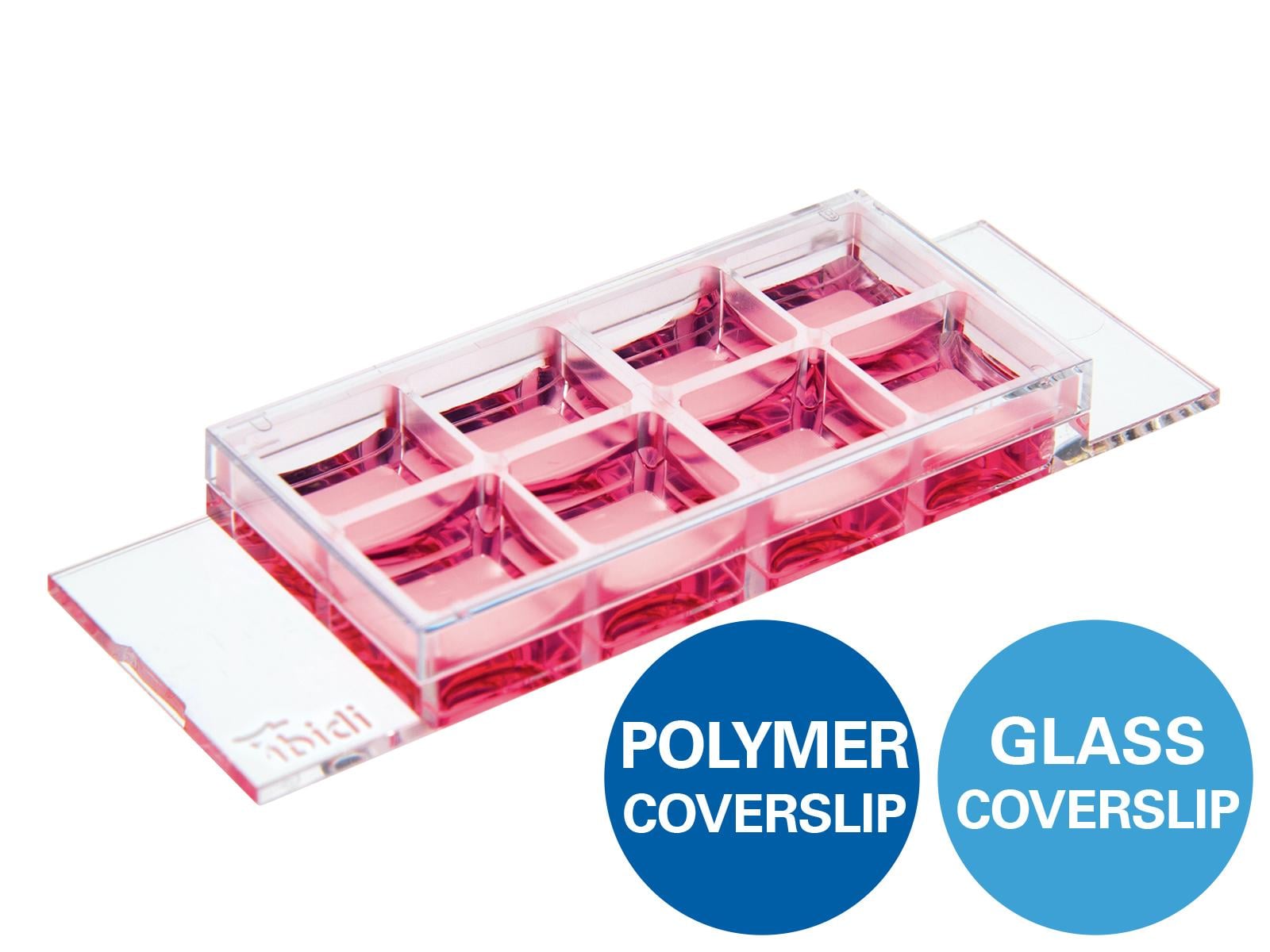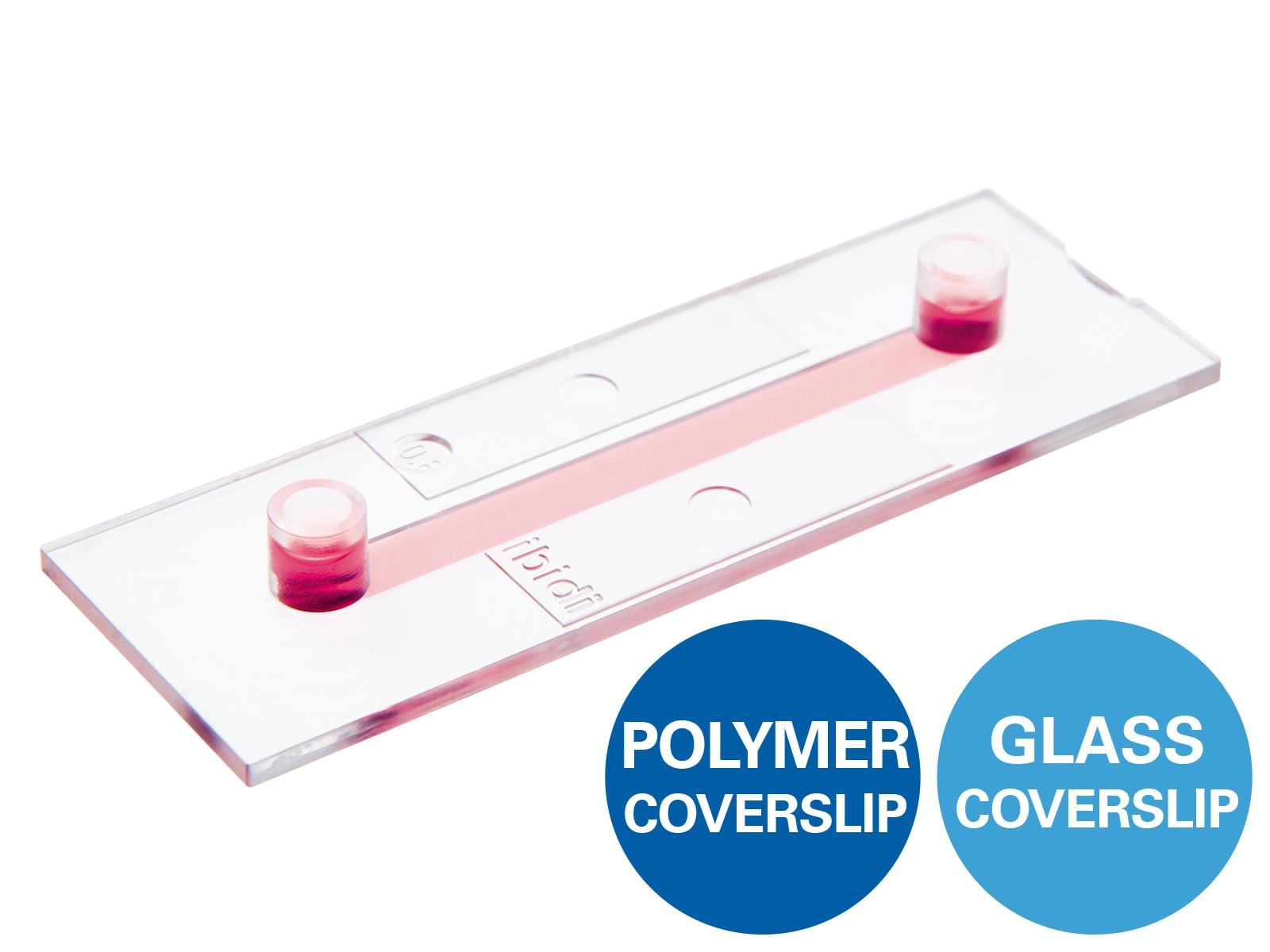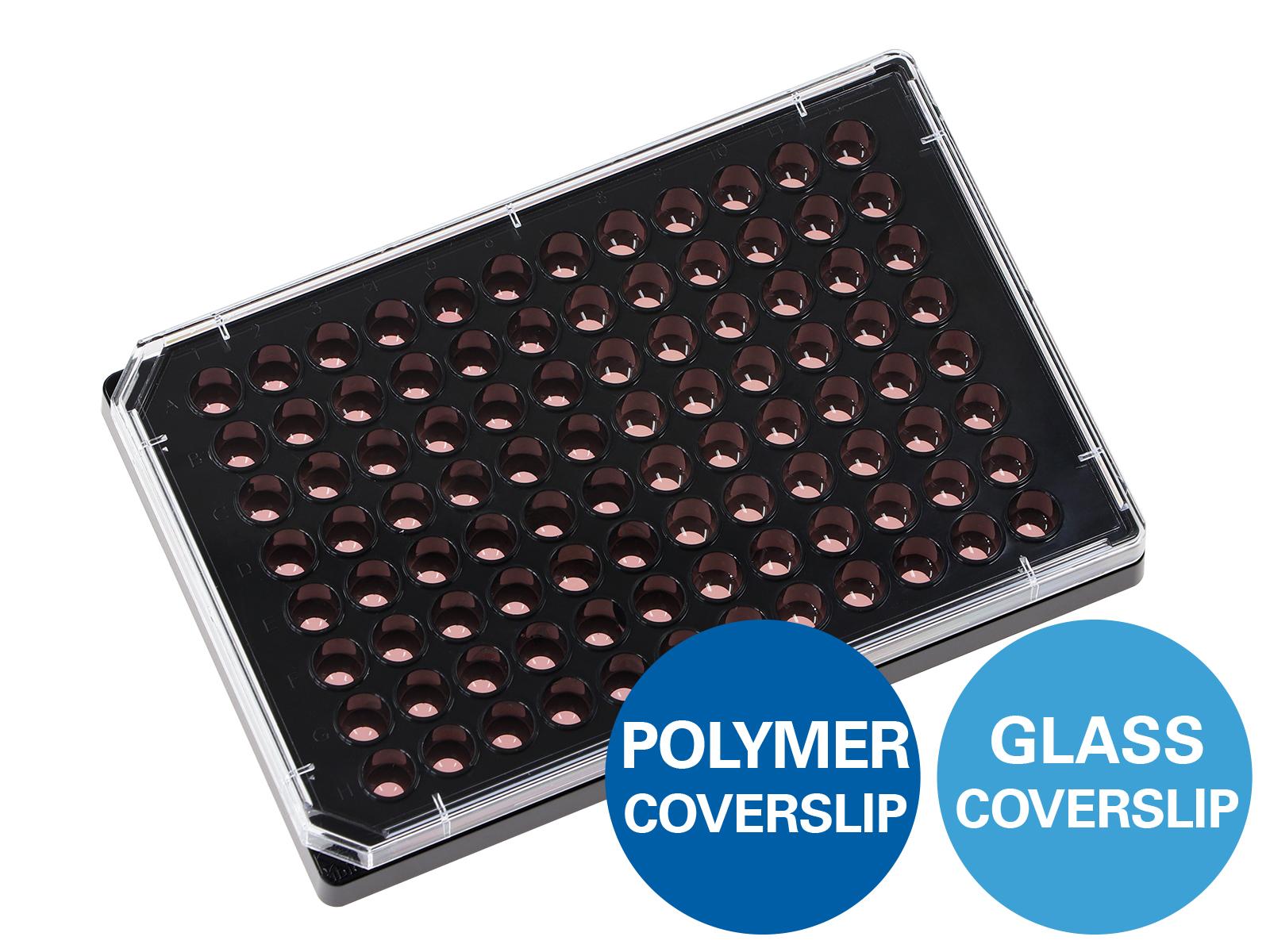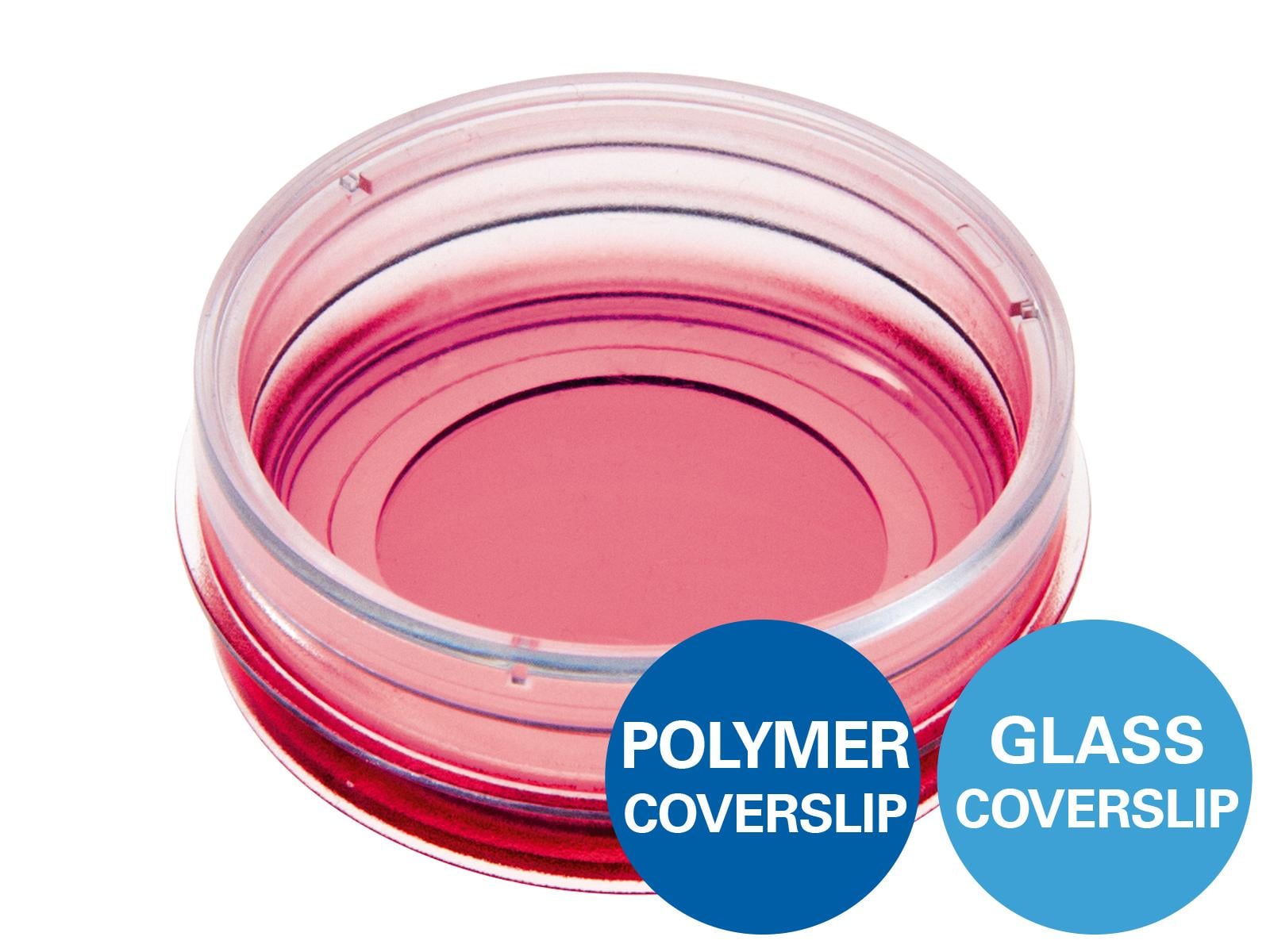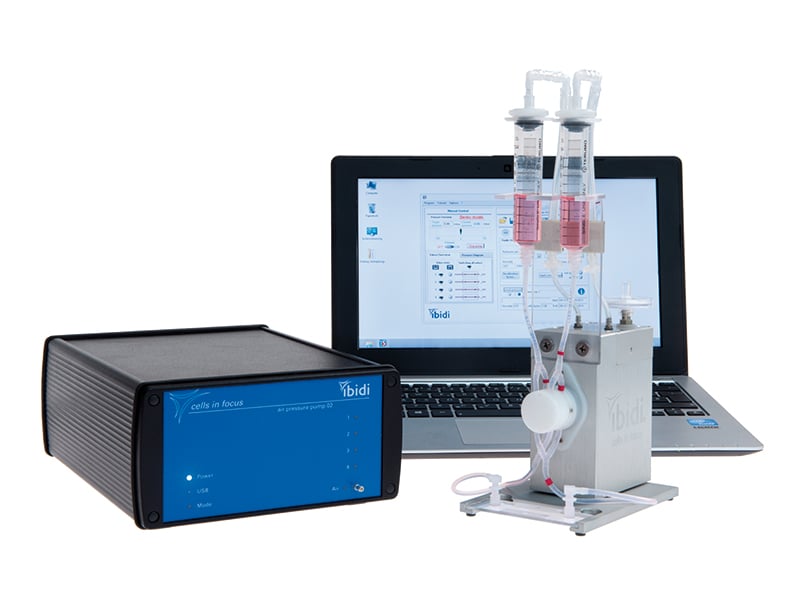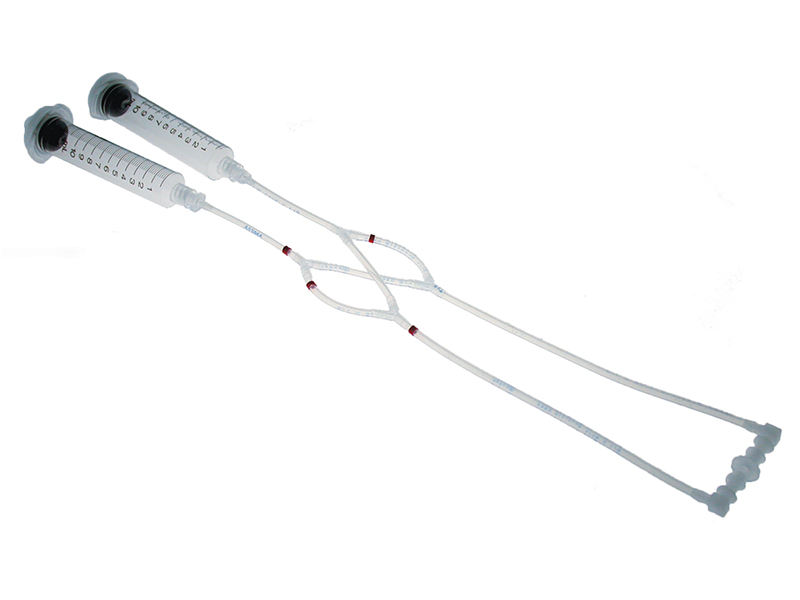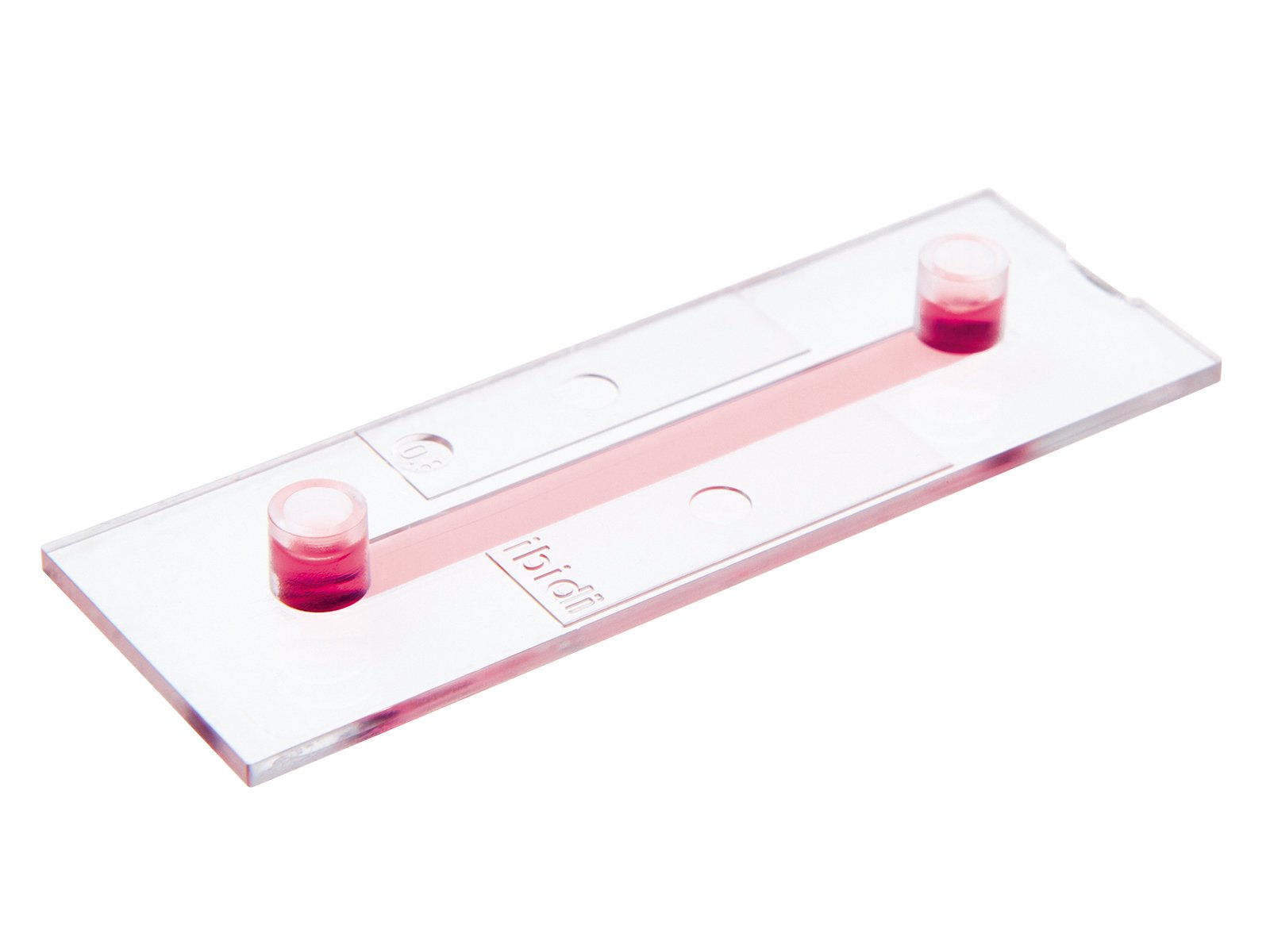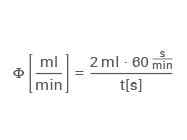Questions to Ask Before Starting an Experiment
These parameters have to be defined in order to set up your experiment correctly:
|
|
Slide type |
Flow rate |
The following questions help you to define these important parameters:
- Which cell type are you planning to investigate?
Knowing your cell type of interest is essential for all subsequent assay planning. - What is the typical shear stress level of your cell type?
The physiological shear stress level of your cell type defines your choice of the pump, tubing, and channel slides. - Which kind of shear stress do you want to investigate?
Knowing the type of shear stress that will be applied to your cells is important for choosing the optimal perfusion system for your assay. Please have a look at the different types of shear stress and suitable pump systems here.
ibidi Flow Calculator
Simple calculation tool
for your flow experiments
- Which cell culture medium are you planning to use? Which viscosity does this medium have?
The viscosity of the medium is important for shear stress calculation. Please find an exact description of shear stress calculation in the Application Note 11: "Shear Stress and Shear Rates for ibidi µ-Slides" (PDF). - What is the available amount of medium, medium supplements, and number of cells?
The amount of medium/supplements and the number of cells that are available for the flow assay, influence your choice of the reservoir and tubing size. For more details, please have a look at the Perfusion Set Selection Guide. - How long will the experiment last (hours, days, weeks)?
The duration of an experiment is important for choosing the perfusion system that fits your needs best. Please have a look at the different pump systems and their applications here. - Should your assay be a one-way setup with defined medium conditions, or a circular setup, where the medium is slowly conditioned by the cells?
The type of setup determines the choice of a suitable pump. Please have a look at the different pump systems and their applications here. - Which coating is required for your cells to adhere optimally?
The coating of the channel slide should enable optimal adherence and growth of your cell type. - Are the reagents to be used expensive or inexpensive? Are they available in large volumes?
The availability of reagents and their costs are an important factor for choosing the size of the tubing and reservoir. For more details, please have a look at the Perfusion Set Selection Guide. - What are the endpoints of the experiment (e.g., qPCR, western blot, FACS, immunofluorescence staining)?
The method of endpoint analysis is important for calculating the needed cell number, which influences the choice of the used cell culture vessel.
Read on and learn more about the Experimental Workflow of a Flow Assay, or about how to choose the Optimal Setup for Your Flow Assay.

